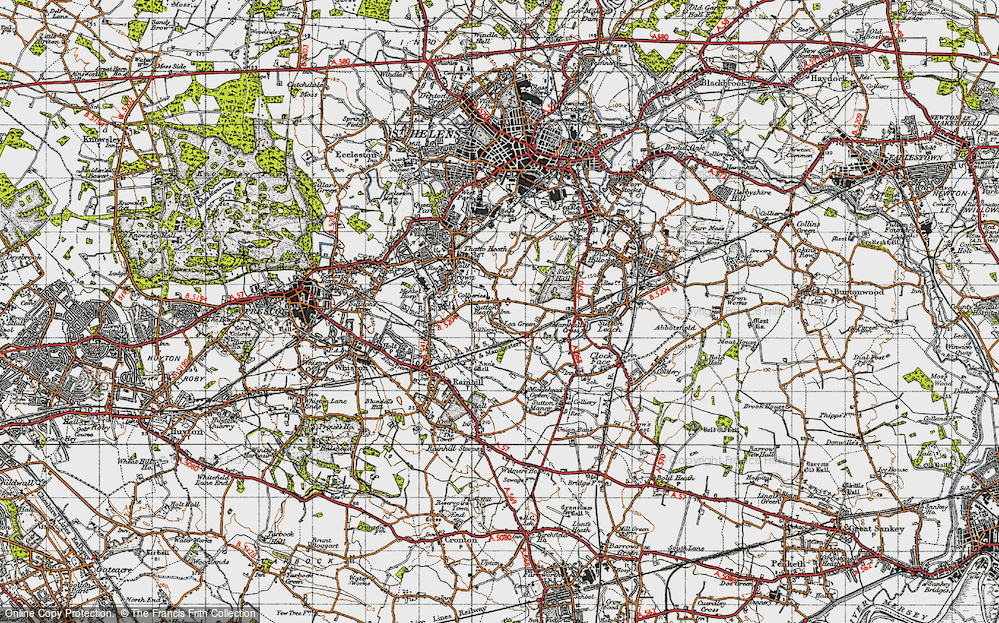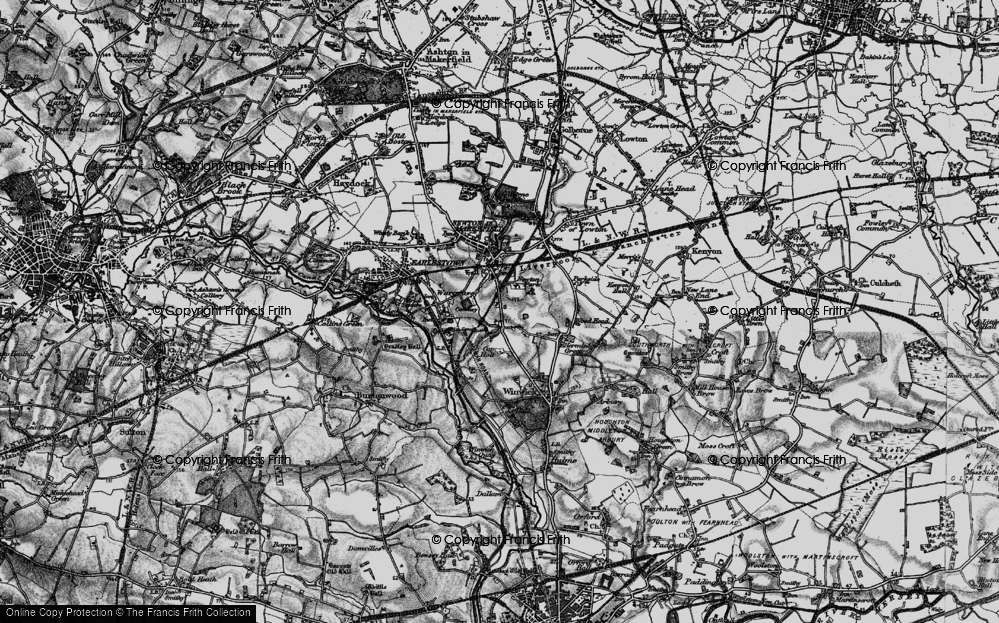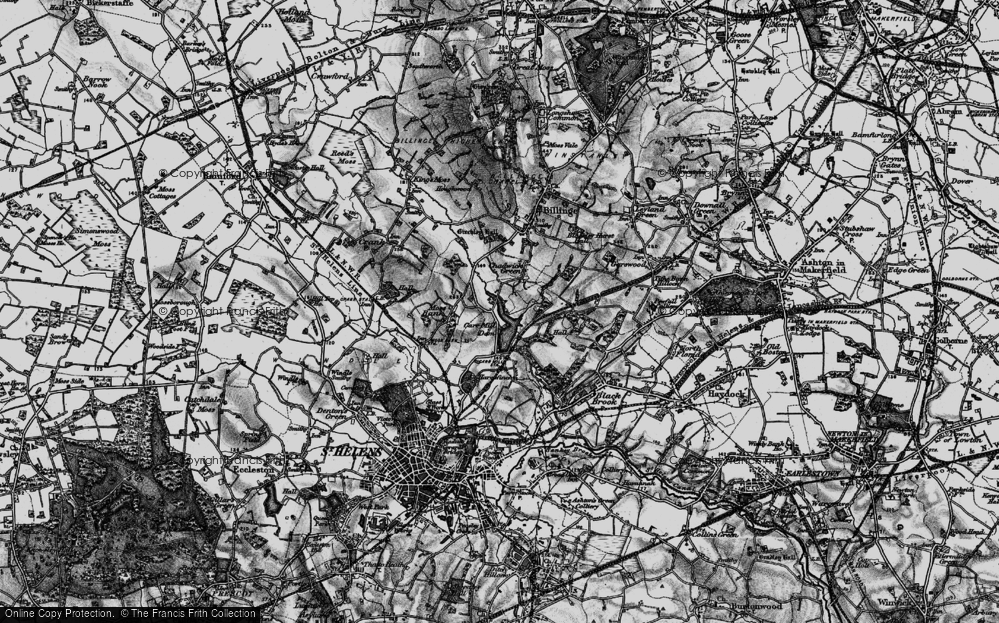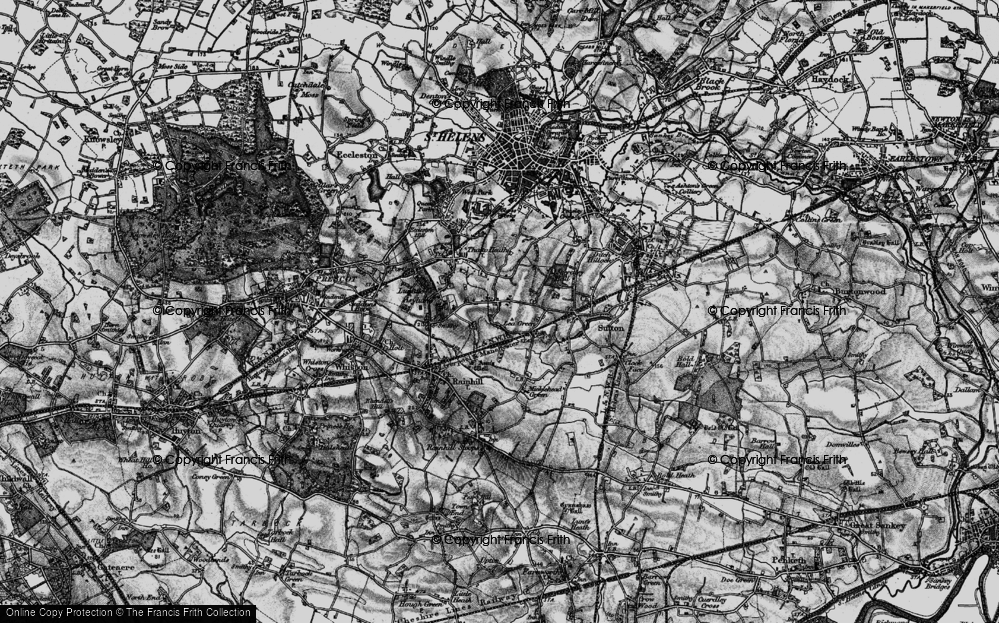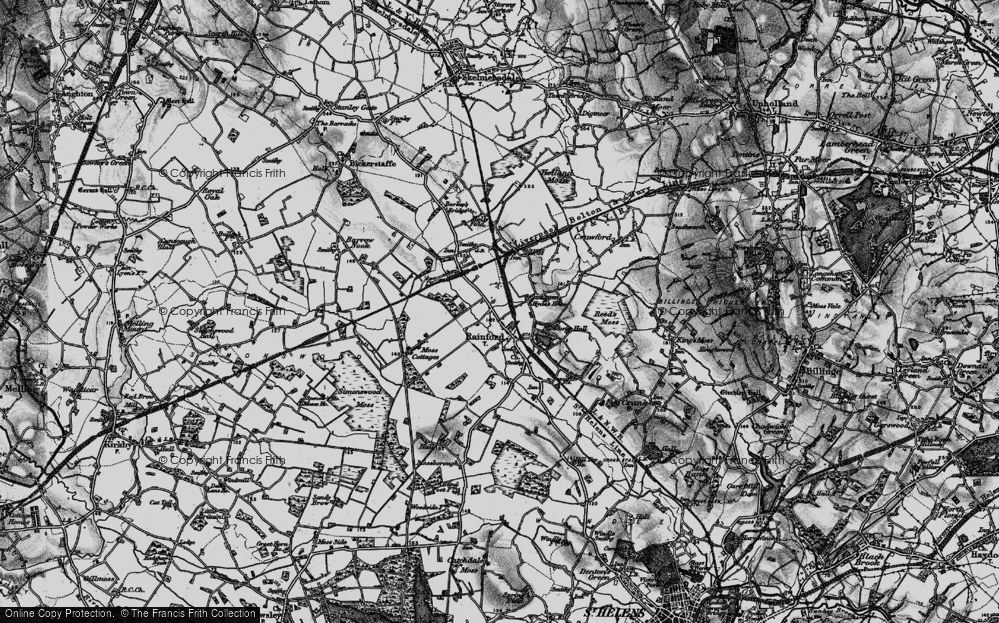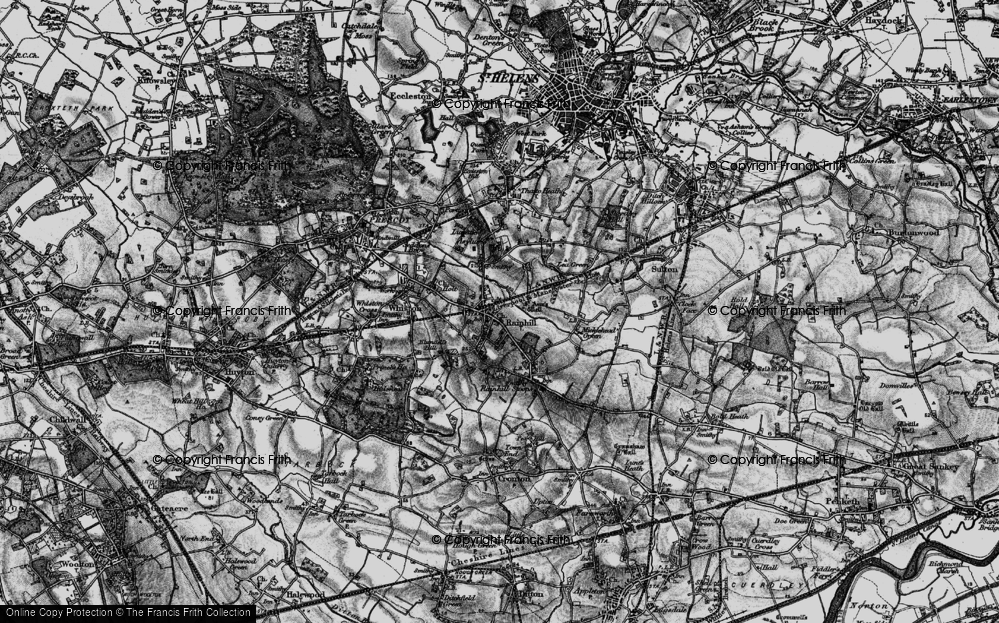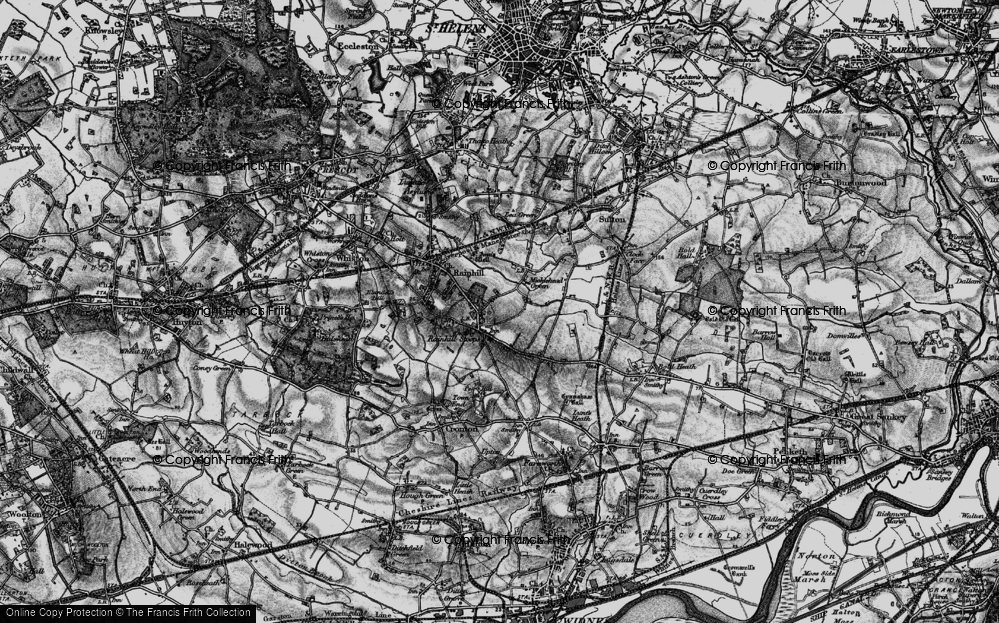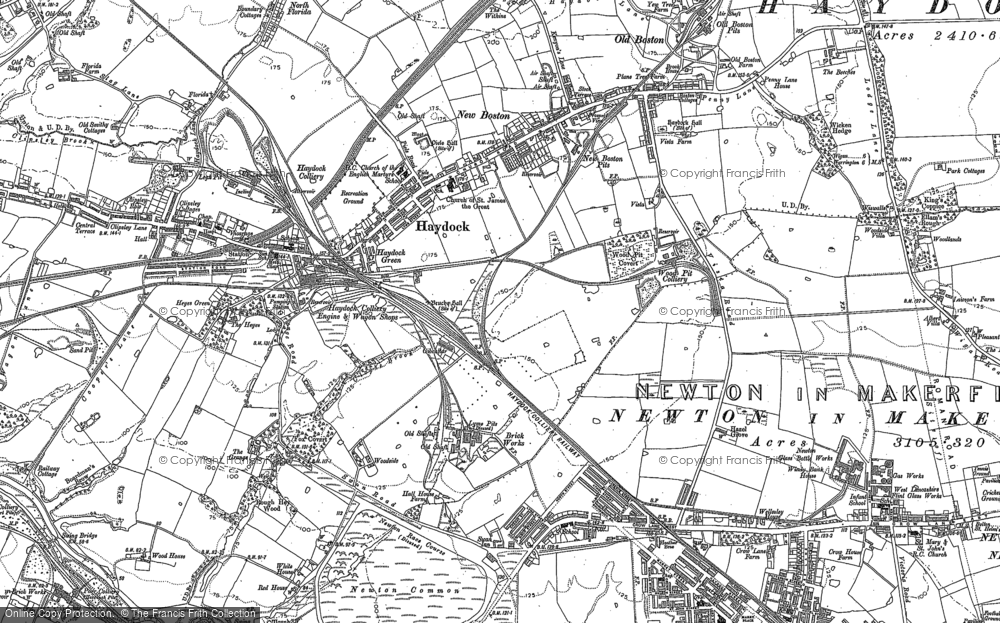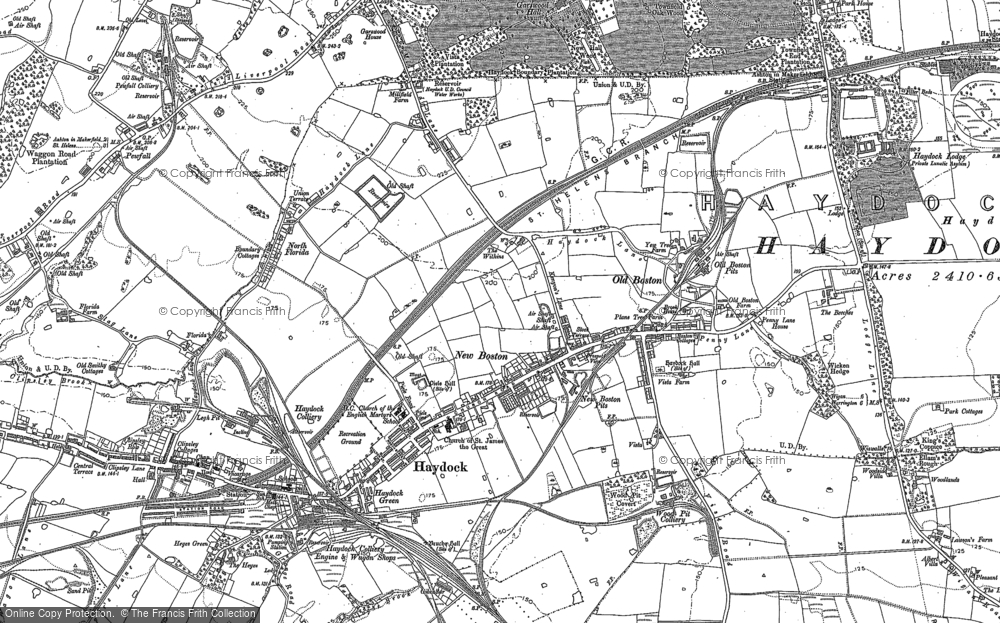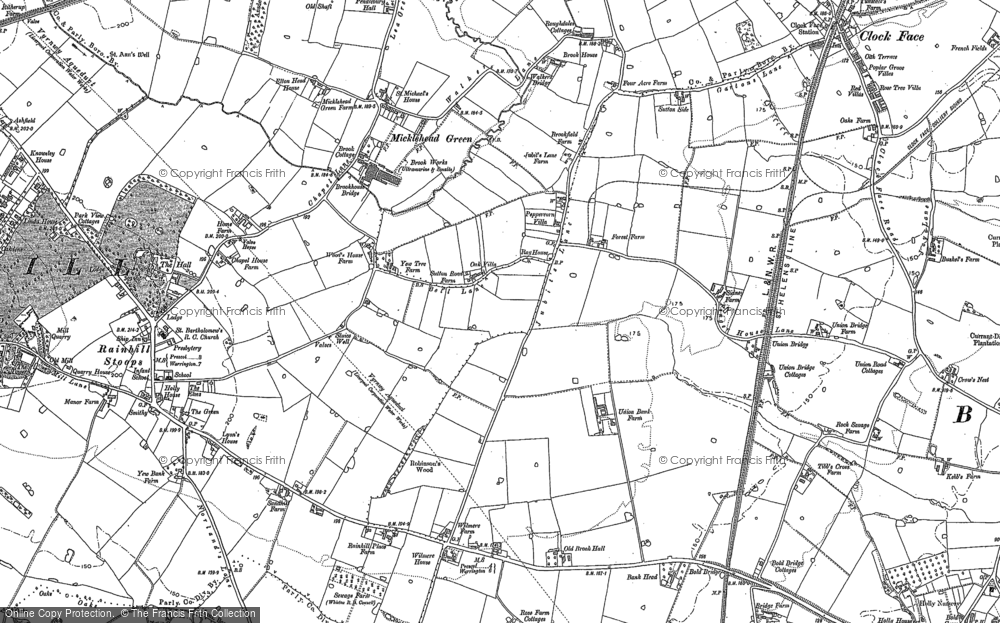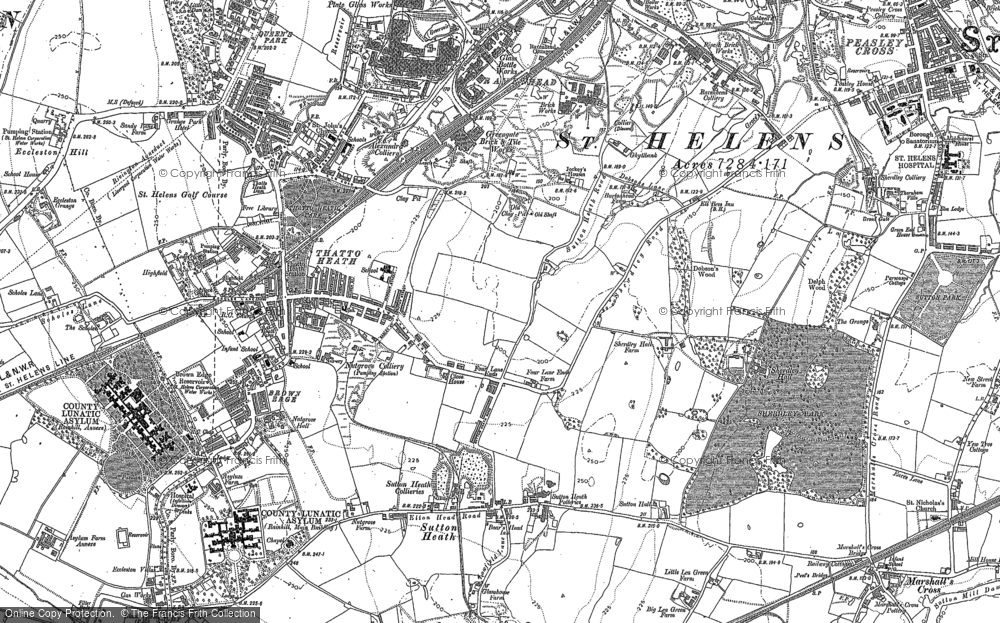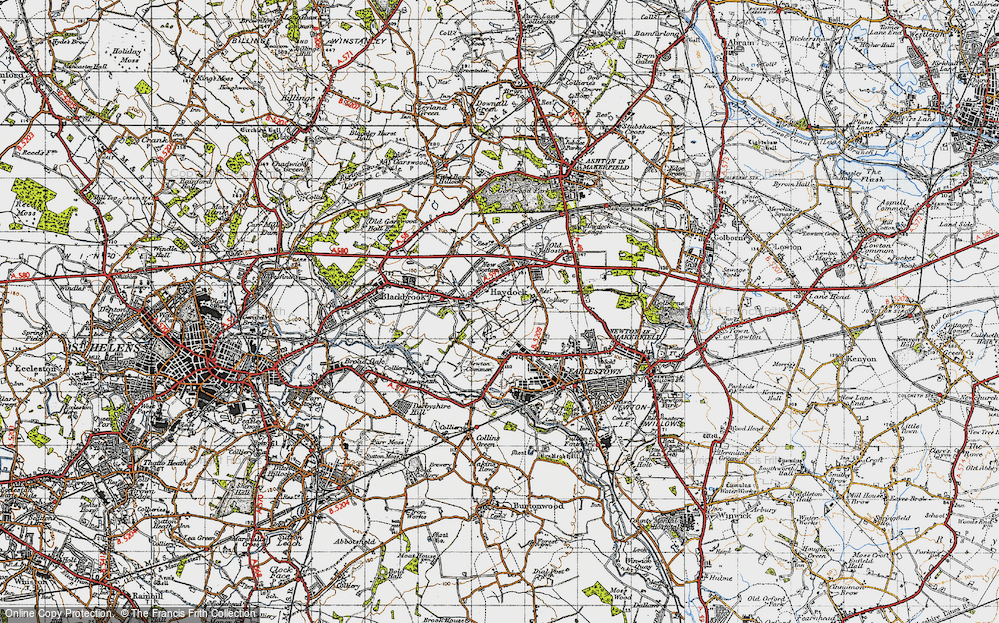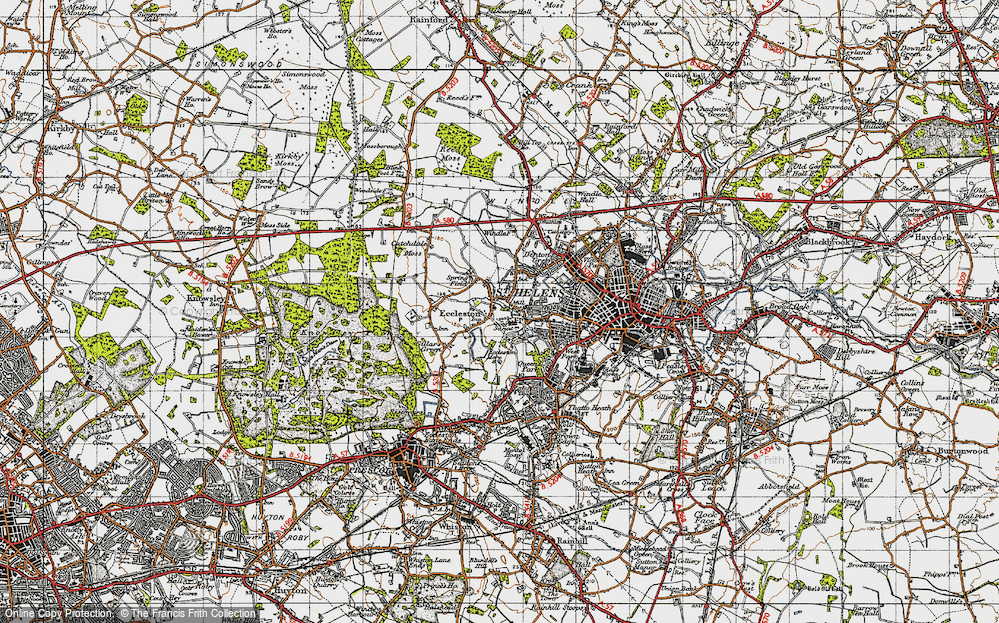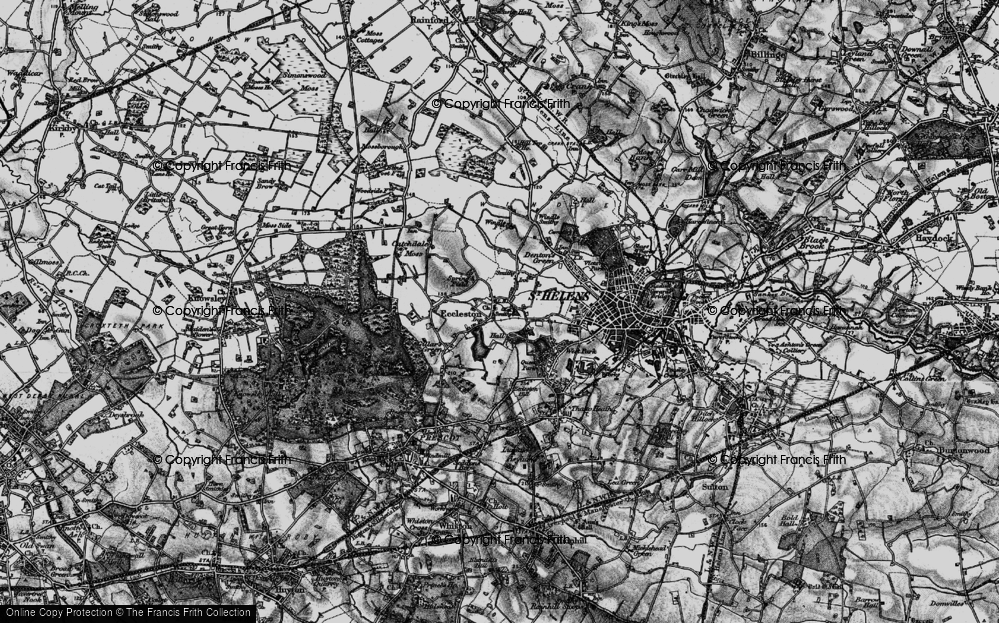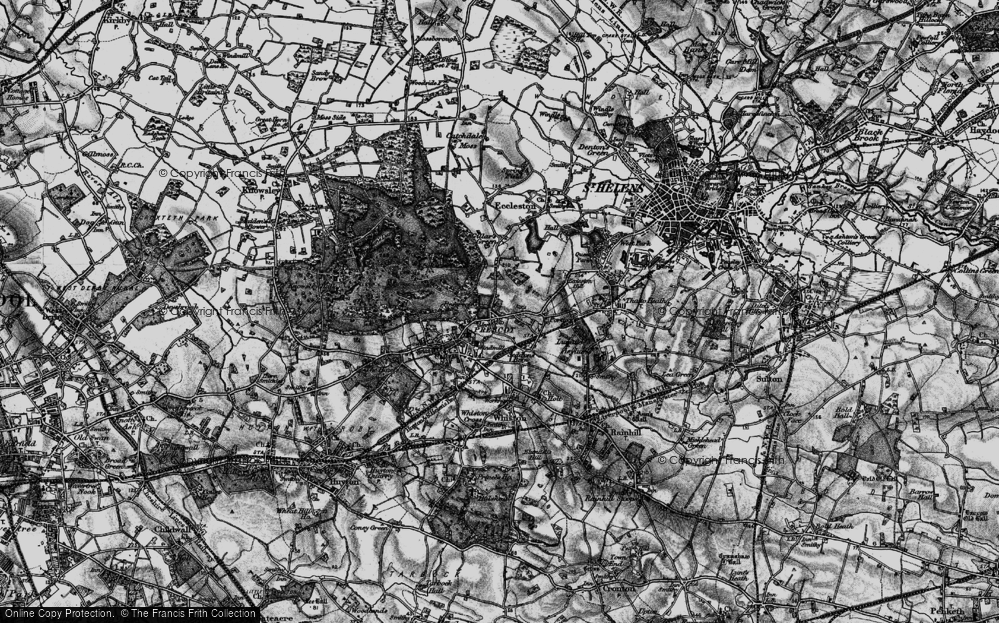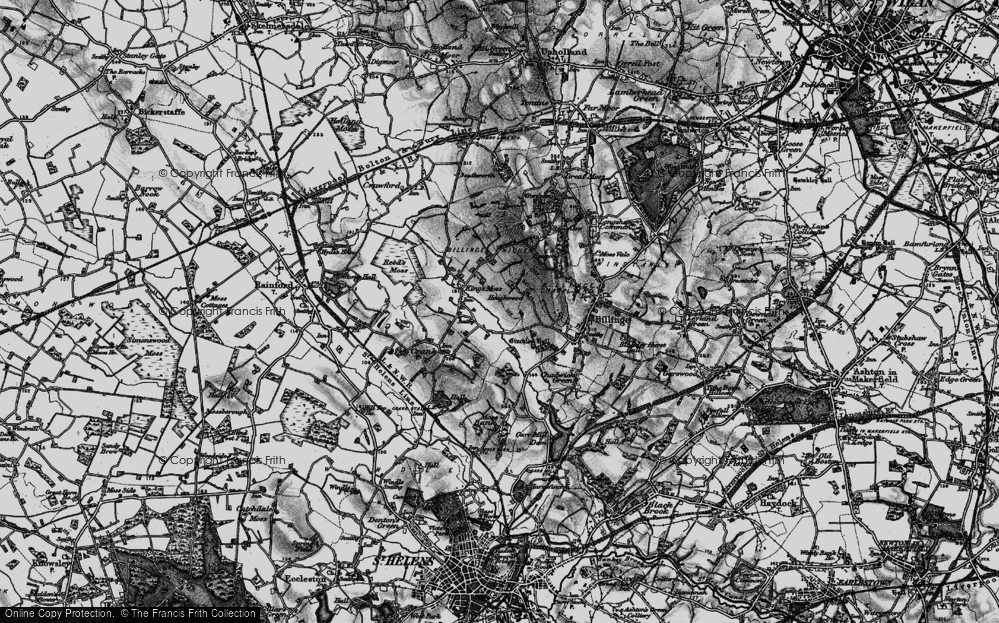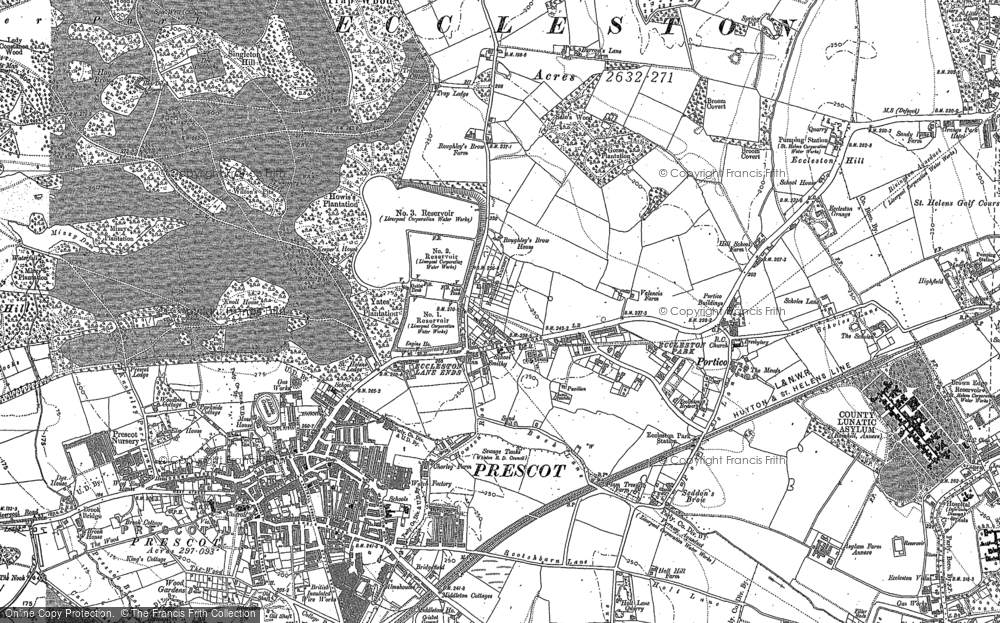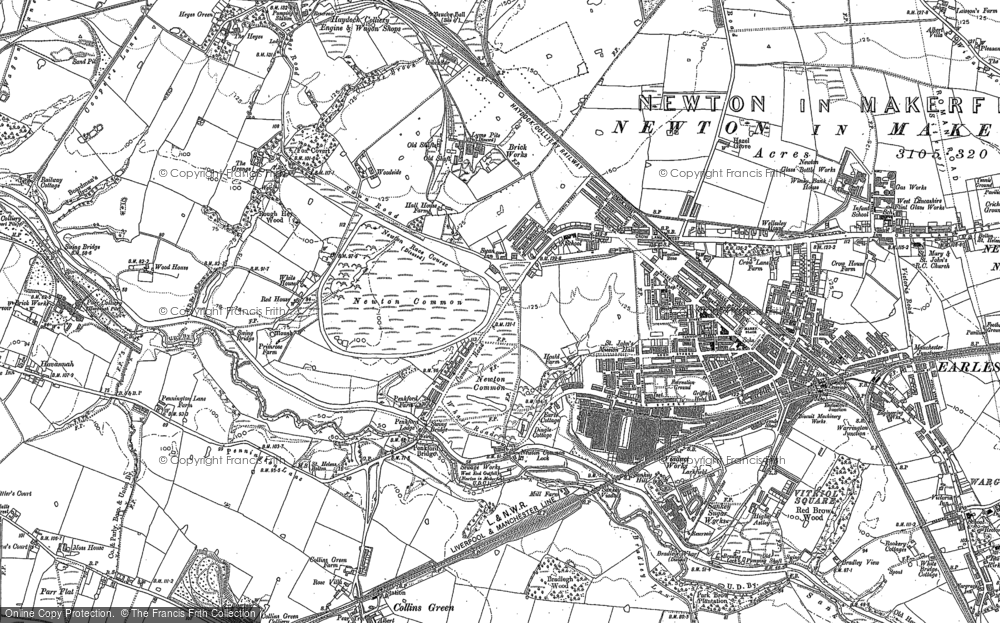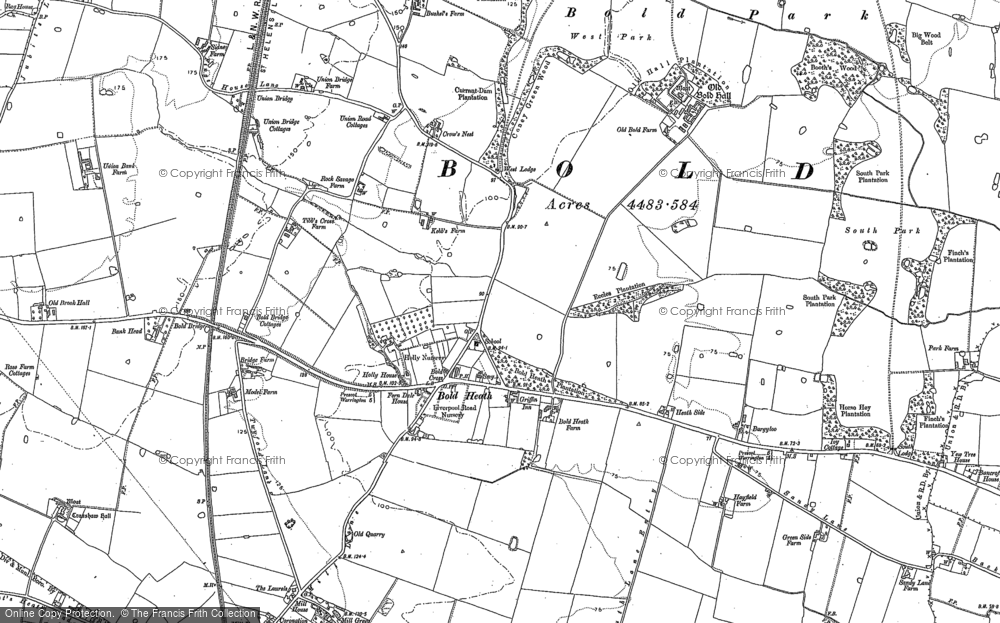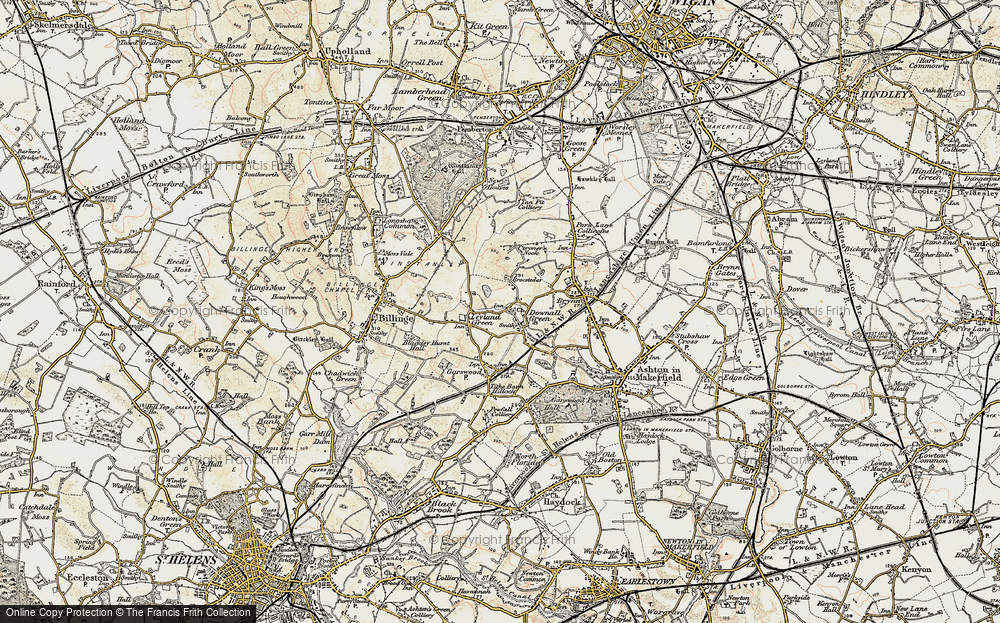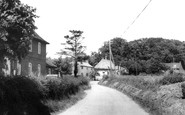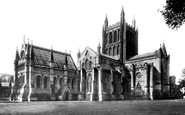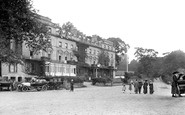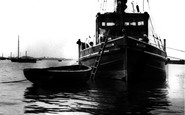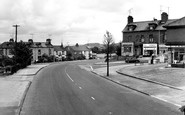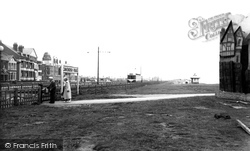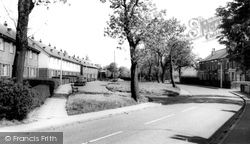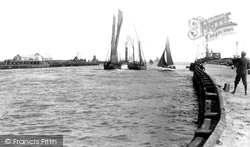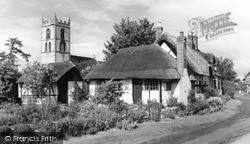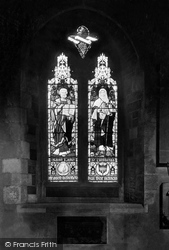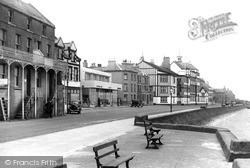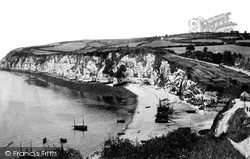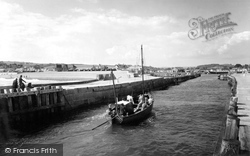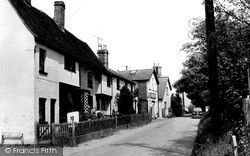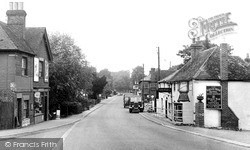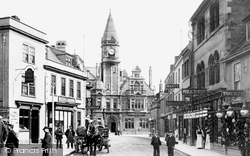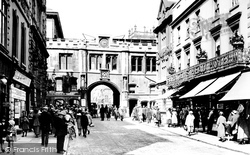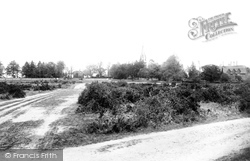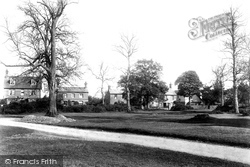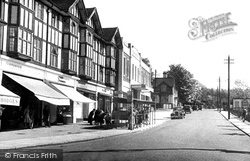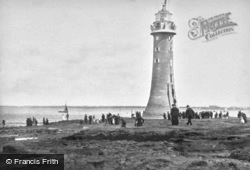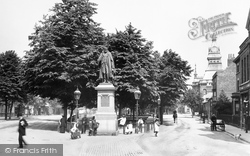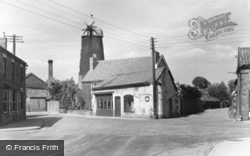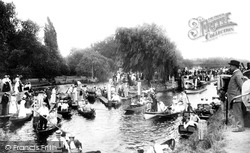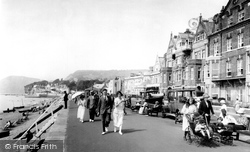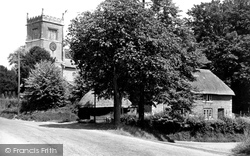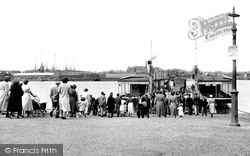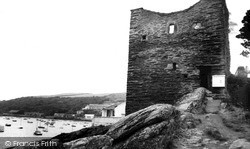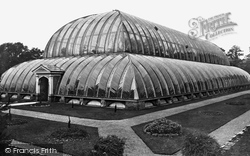Places
Sorry, no places were found that related to your search.
Photos
Sorry, no photos were found that related to your search.
Maps
7,034 maps found.
Books
163 books found. Showing results 1,177 to 1,200.
Memories
22,897 memories found. Showing results 491 to 500.
My Summer Holidays
It is great to see this scene again, 47 years later. My family and I spent our holidays in this village with my grandparents (Russell), and my auntie & uncle and cousins (Shawcross). They all lived in the cottage shown to the ...Read more
A memory of Rendham in 1961 by
Bariffs Farm
My Great Grandfather, George Collyer, farmed at Bariff's Farm, Mountnessing in the 1870's and early 1880's. He farmed 40 acres with his son Richard and a boy. Does anyone know the location of Bariff's Farm?
A memory of Mountnessing in 1870 by
An Unappreciated History
When you grow up in an ancient city such as Hereford and have really no other frame of reference you don't fully grasp the enormity of the depth of history that buildings such as Hereford Cathedral embodied. The Romans built ...Read more
A memory of Hereford in 1957 by
My First Job
I worked at the Pier Hotel in the summer of 1960. It was my first job. I was a commis waiter ..didn't really like it at all...but I was billeted out at a nearby village. I had my first drunk drinking scrumpy mixed with cheap red wine ...Read more
A memory of Seaview in 1960 by
Growing Up Near Temple
I remember Temple school. The Knights Templar play. Christmas plays. The youth club on Friday evenings. Friday I'm in love. I was. The glen. Scottish country dancing. The human skull in Anna's cellar. Diving off ...Read more
A memory of Temple by
End Of An Era
In 1944 I was a 13 year old pupil at Morley Grammar School. One beautifully sunny Sunday evening I walked from my house at 16 Albion Street (now Morrison's carpark) and about 40 yards East of the Pentecostal Church of the Nazarene (since ...Read more
A memory of Morley in 1944 by
Rumbyhill
My grandparents, John and Ginny Loftus, lived at Rumbyhill farm from the 1920's until they retired about 1950. This was the old Rumbyhill farm, subsequently the name was given to the farm across the road. My mother grew up at the farm and has ...Read more
A memory of Crook in 1940 by
Paglesham History
Well no personal memory for me - but my family go back to the mid to late 18C and was landlord of the punch bowl, and oyster dredgermen to the 1960s. We have a massive collection of photos from this area at www.familyunited.co.uk.
A memory of Paglesham Churchend in 1900 by
Fish And Chips At Hest Bank
when i was young i would go for fish and chips they were great and there was always something to do some where to ride on our bikes at hest bank. I now live in australia and in 2006 took my three girls to england for a ...Read more
A memory of Hest Bank in 1965 by
Little Sutton In 1950s And 1960s
What memories your comments conjure. How I loved the 'rec' as a child. We started on the 'baby swings' and progressed to the 'big swings' and see-saw and round-a-bout. The old shelter there was a favourite ...Read more
A memory of Little Sutton in 1960 by
Your search returned a large number of results. Please try to refine your search further.
Captions
9,654 captions found. Showing results 1,177 to 1,200.
Here we have a good view of the tram track near Palm Court at the Cavendish Road stop on the high cliffs (a lift was available to convey visitors to the shore and the Promenade).
In the 1500s and 1600s the Dychfield family that lived here were strong Roman Catholics and refused to attend the Protestant services at their local parish church at Farnworth.
Seen here are some of over a thousand steam and sail drifters which operated out of Gorleston harbour during the herring season at the turn of the century.
There can be few people in Britain who have not seen a photograph of this scene at some time or other, consciously or not.
Healing the sick is the theme of this window in the minster's north-west corner, formerly the Consistory Court.
Like Neston, Parkgate saw increasing trade as a port once the River Dee around Chester began to silt up.
Jack Rattenbury, the 'Rob Roy of the West', was born at Beer in 1778 and experienced a series of adventures at sea before settling down to a life of smuggling along this wild and lonely
Bridport haven, an estuary under East Cliff, became Bridport Harbour as we know it in the 18th century, with the final layout taking shape in 1824.
Walkern was the home of Joan Wenham, one of the last witches to be prosecuted in England. There are many accounts of the case, but one interesting version says that it hinged on her ability to fly.
An Usher's Brewery lorry is making a delivery to the Railway House Hotel, which advertises Usher's ales.
The Market Tavern, far left, now forms the entrance to the White Hart Yard. The pub doors were rescued after demolition, and are preserved in the town's museum.
This view shows the ornate cast-iron balcony of the Saracen's Head Hotel, now shops, and the tower of St Peter at Arches beyond Stone Bow, built in 1720, demolished in 1933 and largely rebuilt in Lamb
Chorleywood is on the south side of the Chess valley. Chorleywood Common survived an attempt at enclosure and we see it here in its late 19th-century gorse-covered state.
Our tour along the Chess valley towards Rickmansworth starts on the hills south of the valley in Chesham Bois, originally a scattered village with the church at the north end and more houses along
He came to Haywards Heath in 1920, and established his practice at Boltro Chambers - this was just a stone's throw from the railway station.
The Black Rock had long been a hazard to navigation for ships entering or leaving Liverpool.
At the south end of the High Street the road widens to a pleasant green, formerly a market place.
Heading north-west roughly parallel to the River Witham, we reach two small towns on either side of the River Bain, which meets the Witham a mile away at Dogdyke.
River outings on the Thames were popular in Victorian times. Jerome K Jerome describes a classic journey in his 'Thee Men in a Boat'.
In the early years of the 19th century the impoverished Duke of Kent came to live at Woolbrook Glen.
St Mary's is another restored Norman church. Dating from around 1200, additions were made in the 1400s; a transept was demolished at that time. Restorations were made by John Colson in 1862.
The Floating Bridge was for many the only way to cross the river at this point. This 1950s photograph somehow captures the spirit of that austere period following the war.
There were two towers, one at Fowey, and this one at Polruan, and it was between these that the chain was stretched.
This very rare photograph, taken around 1876, is captioned the Palm House, but it shows what was usually known as the Great Conservatory.
Places (0)
Photos (0)
Memories (22897)
Books (163)
Maps (7034)




